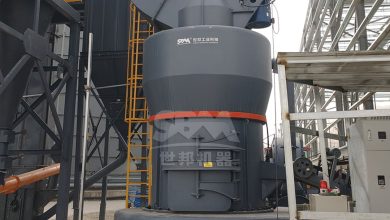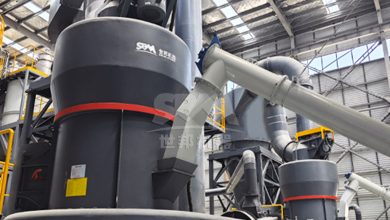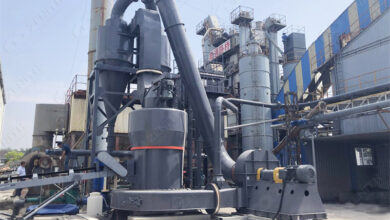Revolutionizing Material Processing: The Smart Raymond Mill as a Key Technology for a New Era
Introduction: The Dawn of Intelligent Grinding
The material processing industry stands at the precipice of a transformative era. The demand for finer, more consistent powders across sectors like construction, pharmaceuticals, ceramics, and advanced materials is driving innovation at an unprecedented pace. Central to this revolution is the evolution of the traditional Raymond mill into a smart, connected, and highly efficient system. This new generation of grinding technology is not merely an incremental improvement; it represents a fundamental shift towards integrated, data-driven processing that promises unparalleled control, efficiency, and sustainability. This article explores the core technologies powering this revolution and highlights key solutions that are setting new industry standards.
The Legacy and Limitations of Traditional Milling
For decades, Raymond mill-type equipment has been the workhorse of powder processing. Its principle of using spring-loaded rollers to crush materials against a stationary ring is time-tested. However, traditional designs often suffered from significant drawbacks: high energy consumption, inconsistent product fineness due to manual controls, excessive noise and dust generation, and frequent downtime for maintenance and part replacement. The inability to precisely control key parameters in real-time meant that achieving high yields of superfine powders (below 10μm) was often inefficient and costly. The industry needed a smarter, more robust, and more precise solution.
Pillars of the Smart Grinding Revolution
The modern “Smart Raymond Mill” is built upon several interconnected technological pillars that address the shortcomings of its predecessors.
1. Intelligent Process Control and Automation
The core of the smart mill is its brain—an integrated PLC (Programmable Logic Controller) and SCADA (Supervisory Control and Data Acquisition) system. These systems continuously monitor a multitude of parameters, including motor load, grinding pressure, feed rate, classifier speed, and internal temperature. Using advanced algorithms, the system can auto-tune itself to maintain a pre-set product fineness (D97 value), even as raw material properties fluctuate. For instance, if the load on the main motor decreases, indicating softer material, the system can automatically increase the feed rate to maximize throughput without compromising quality. This level of automation minimizes human error and ensures consistent output 24/7.
2. Advanced Classification Technology
Grinding is only half the battle; precise classification is what defines the final product. Modern mills employ high-precision, forced vortex turbine classifiers. These classifiers use independently controlled rotors to generate a precise centrifugal force field. Particles finer than the target cut-point are carried by the air stream into the collection system, while coarser particles are rejected back to the grinding chamber for further processing. The result is a sharply defined particle size distribution with no oversized particles, a critical requirement for high-value applications. The classifier speed can be adjusted in real-time by the central control system to produce different fineness grades from the same mill instantly.
3. Enhanced Durability and Maintenance Engineering
Smart design extends to mechanical robustness. Key wear parts like磨辊 (grinding rollers) and磨环 (grinding rings) are now manufactured from advanced alloy materials (e.g., high-chromium iron or ceramic composites) that offer wear resistance several times greater than traditional materials. Furthermore, innovative designs like the 无轴承螺杆研磨腔 (Bearing-free Screw Grinding Chamber) eliminate a critical point of failure. By removing bearings from the high-vibration, high-dust grinding zone, reliability is dramatically improved, and maintenance intervals are significantly extended.
4. Integrated Environmental and Noise Control
Sustainability is no longer an afterthought. Smart mills are designed as closed, negative-pressure systems. High-efficiency pulse jet baghouse dust collectors, with filtration efficiency exceeding 99.9%, ensure that dust emissions are kept far below international standards (<20mg/m³). Advanced acoustic engineering, including sound-dampening enclosures and isolated motor mounts, reduces operational noise to levels as low as 75 dB(A), creating a safer and more comfortable working environment and facilitating installation in more locations.
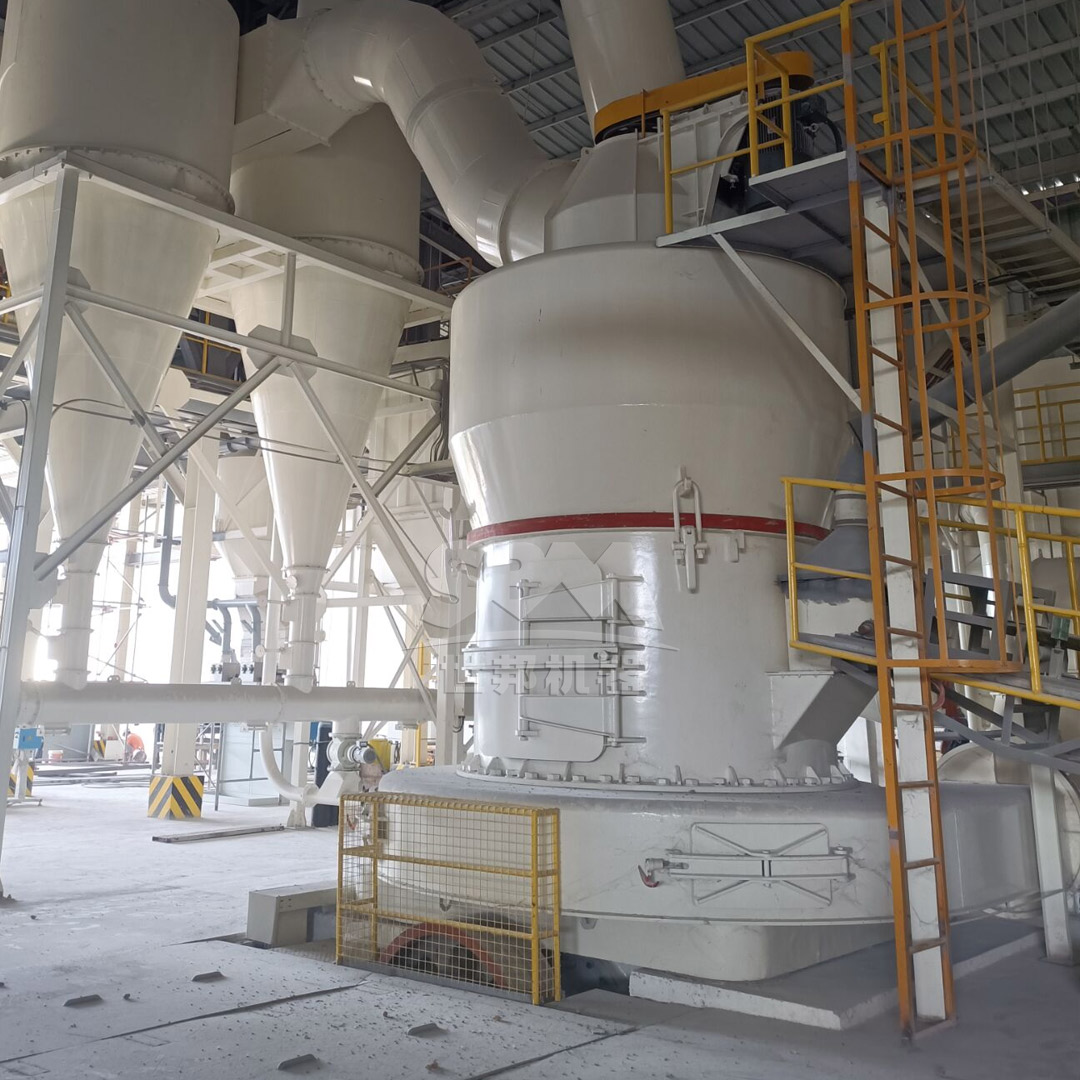
Spotlight on Revolutionary Products: SCM Ultrafine Mill
Embodying all these principles of the smart grinding revolution is our flagship product for superfine processing: the SCM Series Ultrafine Mill. This mill is engineered to set new benchmarks for efficiency and precision in the production of fine and ultrafine powders.
Capable of handling feed material up to ≤20mm and transforming it into powder with a remarkable fineness range of 325 to 2500 mesh (D97 ≤ 5μm), the SCM mill is a technological marvel. Its capacity, ranging from 0.5 to 25 tons per hour across various models (from the SCM800 to the powerhouse SCM1680), makes it suitable for both pilot-scale projects and large-scale industrial production.
Its technical advantages are a direct response to industry needs:
- Efficiency & Energy Savings: It delivers twice the output of a jet mill while consuming 30% less energy, a result of its optimized grinding mechanics and intelligent control system that provides automatic feedback on product size.
- High-Precision Classification: A vertically mounted turbine classifier ensures accurate particle size cuts, guaranteeing a uniform product without coarse grain contamination.
- Durable Design: Special material rollers and grinding rings last for multiple lifetimes compared to standard parts, and the bearing-free screw grinding chamber ensures exceptionally stable operation.
- Eco-Friendly & Quiet: Its pulse dust collector exceeds international standards, and the integrated soundproofing design keeps noise levels at or below 75dB.
The SCM Ultrafine Mill operates on a sophisticated multi-stage principle: the main motor drives a multi-layered grinding ring to rotate. Material is fed into the center and dispersed by centrifugal force into the grinding pathways, where it is repeatedly crushed and ground between the rollers and rings. The final product is efficiently collected by a cyclone separator and the pulse dust removal system.
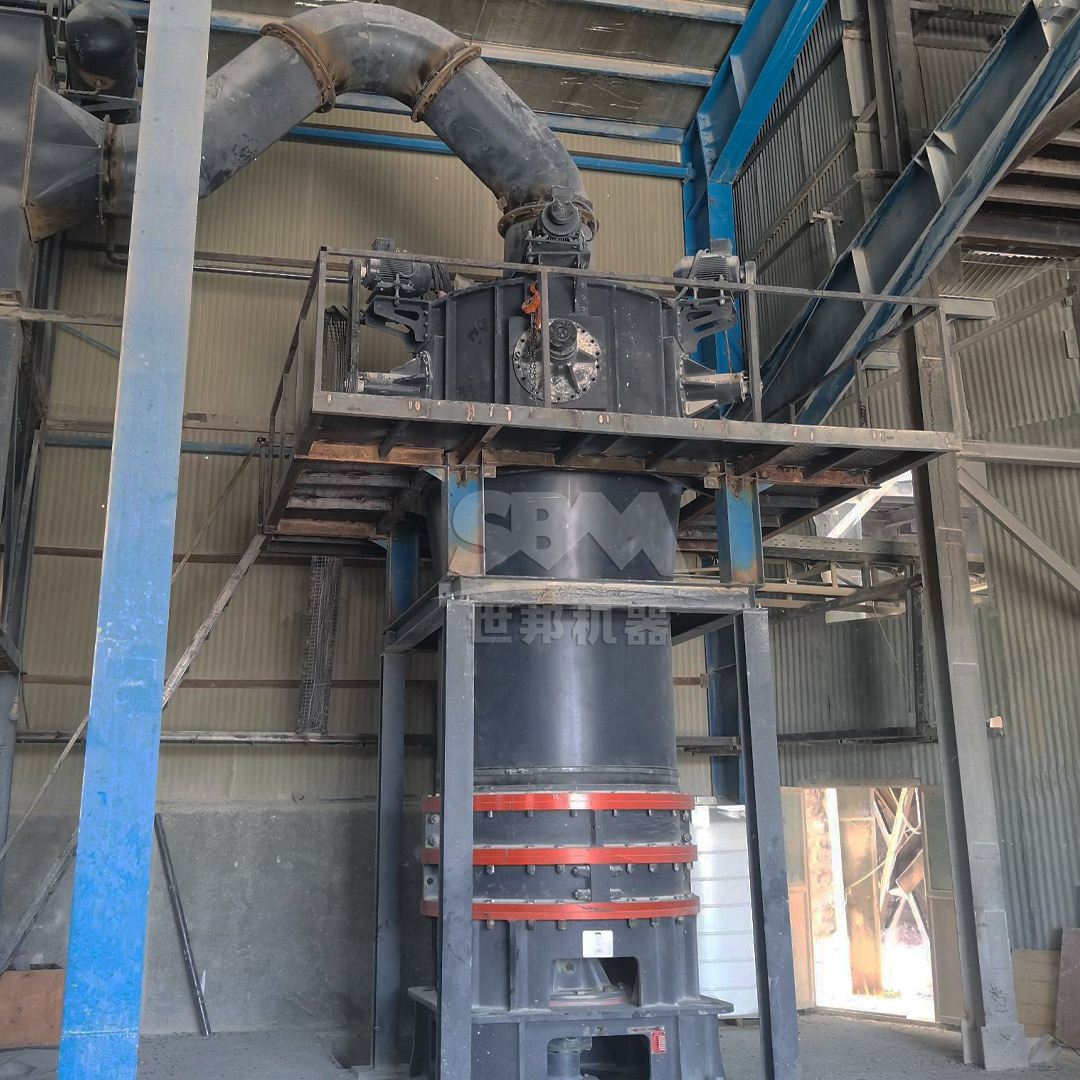
Expanding the Portfolio: The Versatile MTW Trapezium Mill
For applications requiring high capacity in the coarser fine powder range, the MTW Series Trapezium Mill stands out. This robust machine is designed for heavy-duty processing, accepting feed sizes up to ≤50mm and producing powders from 30 to 325 mesh (up to 0.038mm) at impressive rates of 3 to 45 tons per hour.
The MTW incorporates several patented innovations that enhance its performance and reduce its total cost of ownership. Its curved air duct minimizes air flow resistance and energy loss, while its integral conical gear transmission achieves a remarkable 98% transmission efficiency, saving space and installation costs. The wear-resistant volute structure further boosts air classification efficiency and reduces maintenance costs by 30%. Its modular shovel design allows for easy replacement of worn parts, minimizing downtime. This mill is the ideal workhorse for large-volume production of powders for industries like mining, power generation, and industrial minerals.
The Future is Connected: IoT and Industry 4.0 Integration
The journey of innovation does not stop at the factory gate. The next frontier for smart mills is full integration into the Industrial Internet of Things (IIoT). Future and current-generation mills are being equipped with sensors and connectivity modules that allow for remote monitoring and diagnostics. Plant managers can view real-time operational data, receive predictive maintenance alerts, and even adjust setpoints from a centralized control room or via a mobile device. This connectivity enables data analytics on a grand scale, allowing for the optimization of entire production lines based on historical performance data, ultimately driving down costs and improving product quality consistency even further.
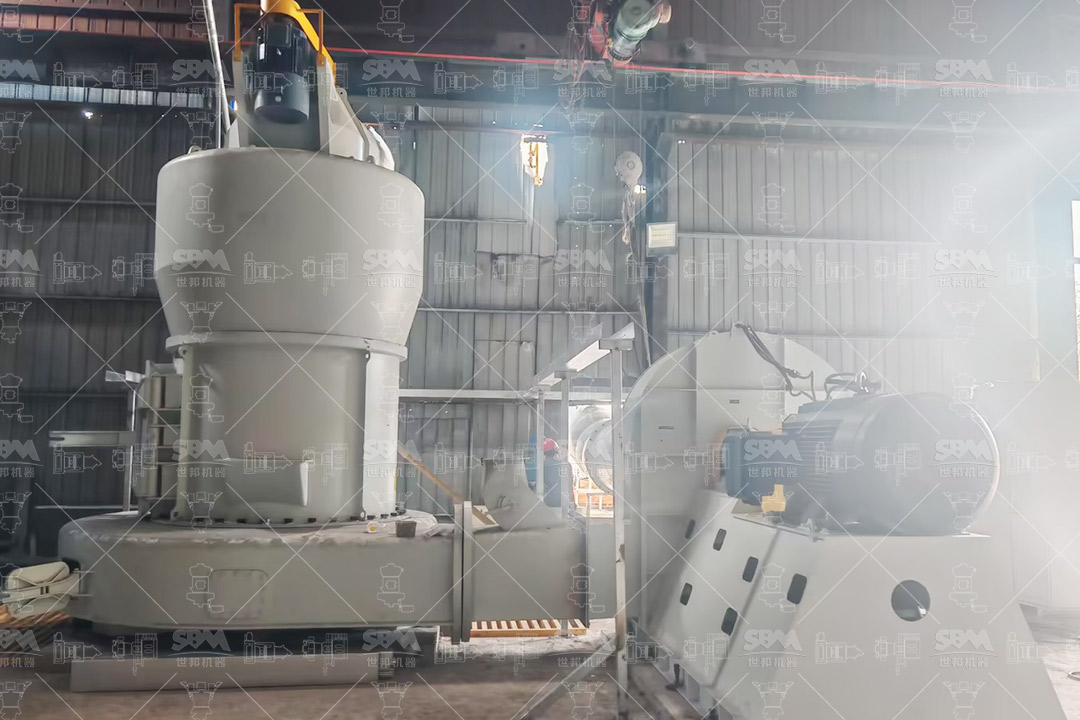
Conclusion: Building a Smarter, More Efficient Future
The revolution in material processing is well underway, driven by the integration of smart technologies into core grinding equipment. The modern Smart Raymond Mill, as exemplified by advanced solutions like the SCM Ultrafine Mill and the MTW Trapezium Mill, is no longer a simple mechanical crusher. It is a sophisticated, automated processing center that delivers precision, efficiency, reliability, and environmental responsibility. As these technologies continue to evolve and converge with IIoT platforms, they will unlock new possibilities in material science and manufacturing, solidifying their role as a key technology for a new, smarter industrial era.


